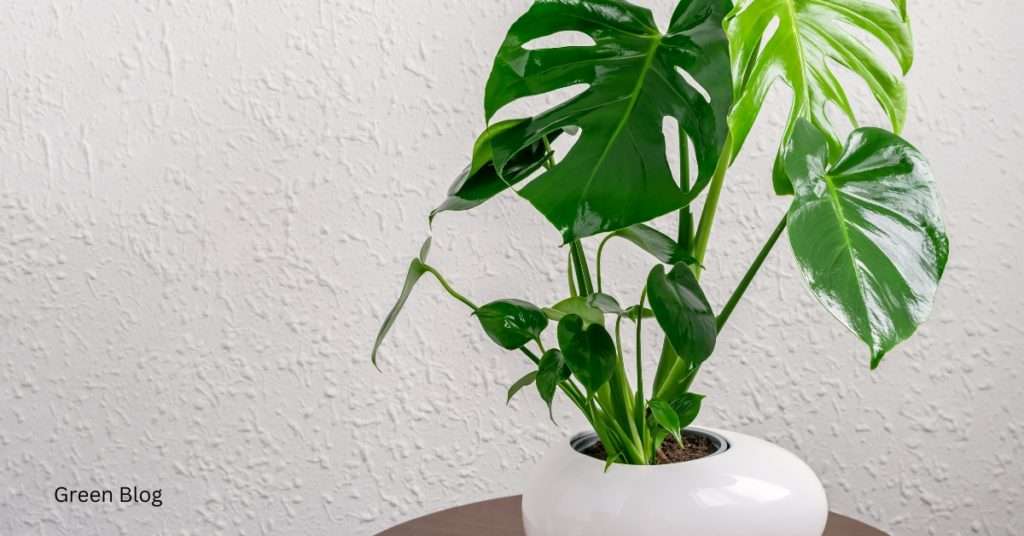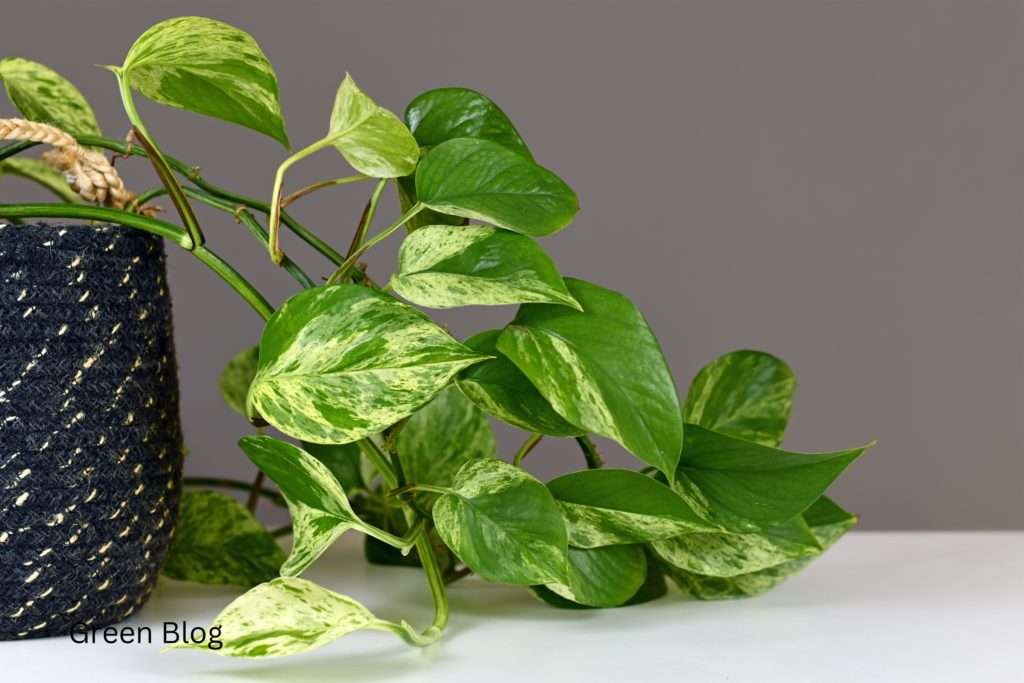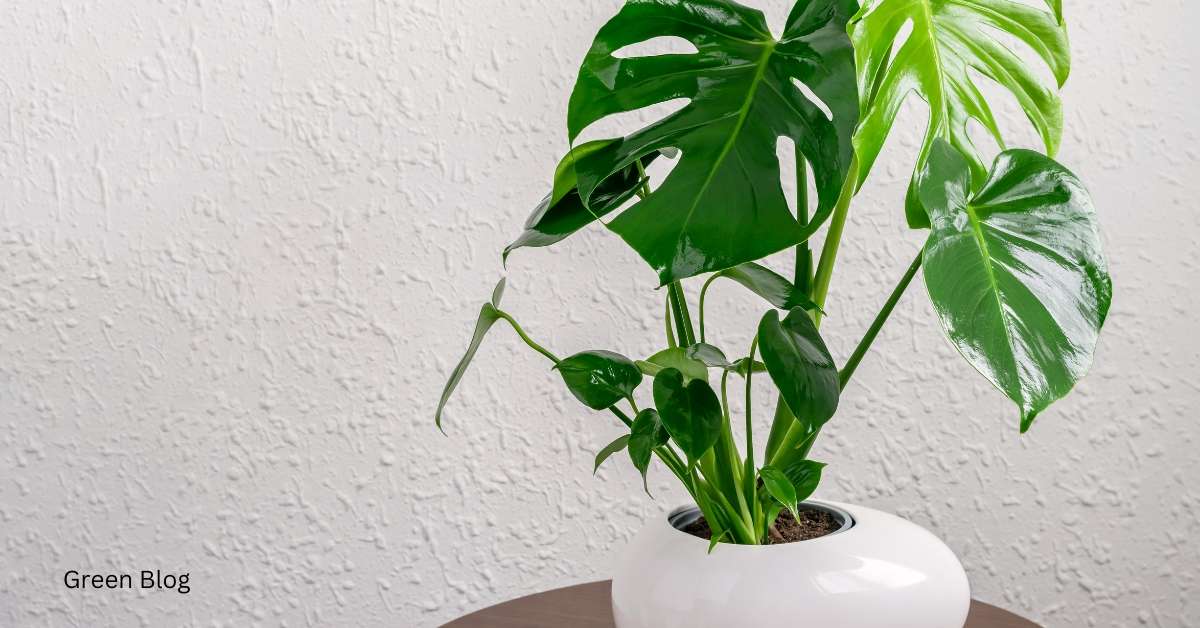1. Introduction
Indoor plants have surged in popularity as people recognize their numerous benefits for both health and aesthetics. Creating an indoor jungle not only enhances the beauty of your living space but also contributes to a healthier, more enjoyable environment. This blog post will explore the advantages of indoor plants, how to choose the right plants for your space, tips for proper care, creative display ideas, and the best plants for different rooms in your home. Whether you’re a seasoned plant enthusiast or a beginner looking to start your indoor garden, this guide will help you transform your home with beautiful, thriving houseplants.
2. The Benefits of Indoor Plants
Health Benefits
Indoor plants significantly improve air quality by absorbing toxins, increasing humidity, and producing oxygen. Studies show that certain plants, like the spider plant and peace lily, can remove up to 87% of air toxins in 24 hours. Additionally, having plants around can reduce stress and anxiety levels. The presence of greenery has been linked to lower blood pressure and heart rates, contributing to a sense of calm and well-being. Moreover, plants can boost your mood and productivity. Research indicates that being around plants can enhance cognitive function, making you more focused and creative.
Aesthetic Benefits
Plants add a touch of natural beauty to any interior space, creating a serene and inviting atmosphere. They come in various shapes, sizes, and colors, allowing you to complement any decor style. Whether you prefer lush, leafy plants or sleek, minimalist succulents, there’s an indoor plant to suit your taste. Additionally, indoor plants can help create a calming environment. The presence of greenery is soothing to the eyes and can reduce mental fatigue, providing a perfect escape from the hustle and bustle of daily life.
Environmental Benefits
Indoor plants play a crucial role in regulating humidity levels. They release moisture into the air through a process called transpiration, which can help maintain comfortable humidity levels, especially in dry environments. Plants can also contribute to noise reduction. Their leaves absorb, deflect, or refract background noise, making your home a quieter, more peaceful place.
3. Choosing the Right Plants for Your Space
Factors to Consider
When selecting indoor plants, consider the light conditions in your home. Some plants thrive in low-light environments, while others require bright, indirect light. Assess the available space to ensure your plants have room to grow without overcrowding. Additionally, think about the maintenance level you’re comfortable with. Some plants are low-maintenance and ideal for beginners, while others require more attention and care.
Best Plants for Low-light Conditions
For spaces with limited natural light, consider these resilient plants:
- Snake Plant: Also known as mother-in-law’s tongue, this plant thrives in low light and requires minimal watering.
- ZZ Plant: With its waxy, dark green leaves, the ZZ plant is drought-tolerant and can survive in low light.
- Pothos: This versatile plant is easy to care for and can tolerate low light. Its trailing vines add a touch of greenery to any space.

Best Plants for Bright, Indirect Light
If your home has plenty of bright, indirect light, these plants will flourish:
- Monstera: Known for its large, split leaves, the Monstera adds a tropical vibe to any room.
- Fiddle Leaf Fig: With its large, violin-shaped leaves, this plant makes a striking statement in well-lit areas.
- Spider Plant: This easy-to-grow plant produces long, arching leaves and small white flowers.
4. Caring for Your Indoor Jungle
Watering Tips
Proper watering is crucial for healthy indoor plants. Water your plants when the top inch of soil feels dry to the touch. Overwatering can lead to root rot, while underwatering can cause leaves to wilt. Pay attention to the specific needs of each plant and adjust your watering schedule accordingly. Signs of overwatering include yellowing leaves and soggy soil, while signs of underwatering include dry, crispy leaves and drooping stems.
Soil and Potting
Choosing the right soil is essential for plant health. Use a well-draining potting mix appropriate for your plant type. For example, succulents and cacti require a sandy, fast-draining mix, while tropical plants prefer a peat-based mix. Repot your plants when they outgrow their containers, typically every one to two years. Select a pot with drainage holes to prevent waterlogging and root rot.
Fertilizing and Feeding
Fertilizing provides essential nutrients for plant growth. Use a balanced, water-soluble fertilizer every 4-6 weeks during the growing season (spring and summer). Reduce or stop fertilizing during the dormant season (fall and winter). Always follow the manufacturer’s instructions to avoid over-fertilizing, which can damage your plants.
Pruning and Maintenance
Regular pruning helps maintain plant shape and encourages healthy growth. Remove dead, yellowing, or damaged leaves to prevent disease and pests. Trim back overgrown stems to promote bushier growth. Use clean, sharp scissors or pruning shears to make clean cuts and avoid injuring the plant.
Pest Control
Common indoor plant pests include spider mites, aphids, and mealybugs. Inspect your plants regularly for signs of infestation, such as webbing, sticky residue, or discolored leaves. Use natural pest control methods, such as neem oil or insecticidal soap, to treat infestations. Maintaining proper plant care, including adequate light, watering, and ventilation, can help prevent pest problems.
5. Creative Ways to Display Your Indoor Plants
Using Plant Stands and Shelves
Plant stands and shelves are excellent for displaying multiple plants at varying heights. Multi-tier plant stands allow you to showcase several plants without taking up much floor space. Floating shelves can be mounted on walls to create a vertical garden, adding greenery to any room. Arrange plants with similar light and water needs together for easy care.
Hanging Planters and Wall Mounts
Hanging planters and wall-mounted planters are perfect for small spaces or adding visual interest at eye level. Macrame hangers create a boho-chic look, while modern ceramic or metal planters offer a sleek, contemporary feel. Use wall-mounted planters to create a living wall or add greenery to empty wall space. These options are great for trailing plants like pothos or ivy.
Grouping Plants for Visual Impact
Create a stunning focal point by grouping plants of different sizes and types. Combine tall, leafy plants with shorter, bushy ones and add trailing plants for variety. Use decorative pots and planters to complement your decor. Grouping plants together not only looks aesthetically pleasing but also creates a microenvironment that can help maintain humidity levels.
6. Incorporating Indoor Plants into Different Rooms
Living Room
The living room is an ideal space for statement plants that draw attention. Large plants like the fiddle leaf fig or Monstera make impressive focal points. Small plants like succulents or snake plants can be placed on side tables, shelves, or mantels to add greenery without overwhelming the space. Consider using plant stands or decorative pots to elevate the look.

Bedroom
Certain plants can promote better sleep and relaxation, making them perfect for the bedroom. The snake plant and peace lily are known for their air-purifying properties and low maintenance requirements. Place these plants on nightstands, dressers, or window sills. Hanging planters or wall-mounted planters can save floor space and add a touch of greenery to your sleep sanctuary.
Kitchen
The kitchen is a great place for functional plants like herbs. Basil, rosemary, and mint can be grown in small pots on a windowsill or counter, providing fresh ingredients for cooking. Succulents and small potted plants can also thrive in the kitchen, adding a touch of nature to your culinary space.
Bathroom
Bathrooms typically have higher humidity levels, making them ideal for moisture-loving plants. Ferns, spider plants, and pothos thrive in the humid environment. Place these plants on shelves, countertops, or hang them from the ceiling to create a lush, spa-like atmosphere.

Office or Study
Plants in the office or study can boost productivity and focus. Consider low-maintenance options like the ZZ plant, snake plant, or peace lily. These plants can thrive in varying light conditions and require minimal care. Place them on your desk, bookshelves, or window sill to create a calming, green workspace.
7. Popular Indoor Plants to Add to Your Collection
Detailed Profiles of Top 10 Indoor Plants
- Monstera: Large, split leaves; thrives in bright, indirect light; water when the top inch of soil is dry.
- Fiddle Leaf Fig: Large, violin-shaped leaves; prefers bright, indirect light; water when the top inch of soil is dry.
- Snake Plant: Tall, upright leaves; tolerates low light; water sparingly.
- ZZ Plant: Waxy, dark green leaves; tolerates low light; drought-tolerant.
- Pothos: Trailing vines; tolerates low light; water when the top inch of soil is dry.
- Spider Plant: Long, arching leaves; prefers bright, indirect light; water when the top inch of soil is dry.
- Peace Lily: White flowers; prefers low to medium light; keep soil moist.
- Succulents: Various shapes and sizes; require bright light; water sparingly.
- Aloe Vera: Thick, fleshy leaves; requires bright light; water sparingly.
- Fern: Feathery fronds; prefers low to medium light; keep soil moist.
Rare and Exotic Plants for Enthusiasts
- String of Pearls: Unique, bead-like leaves; requires bright light; water sparingly.
- Staghorn Fern: Antler-shaped fronds; can be mounted on a wall; prefers medium light and high humidity.
- Calathea: Striking leaf patterns; prefers low to medium light; keep soil moist.
- Bird of Paradise: Large, banana-like leaves; requires bright light; water when the top inch of soil is dry.
- Prayer Plant: Leaves fold up at night; prefers low to medium light; keep soil moist.
Budget-friendly Options for Beginners
- Spider Plant: Easy to care for; produces baby plants that can be propagated.
- Pothos: Versatile and resilient; can be grown in soil or water.
- Snake Plant: Low-maintenance and tolerant of neglect.
- ZZ Plant: Hardy and drought-tolerant.
- Aloe Vera: Easy to grow and has medicinal properties.
8. Conclusion
Creating an indoor jungle with houseplants offers numerous benefits for your health, home, and environment. By selecting the right plants for your space, providing proper care, and creatively displaying them, you can transform your home into a lush, green sanctuary. Indoor plants not only enhance the aesthetic appeal of your living space but also improve air quality, reduce stress, and promote a sense of well-being. Whether you’re a novice plant parent or an experienced gardener, incorporating indoor plants into your home is a rewarding and enjoyable endeavor. Start your indoor jungle today and experience the many benefits of living with plants.
9. References and Further Reading
- “The House Plant Expert” by Dr. D.G. Hessayon
- “How to Raise a Plant and Make It Love You Back” by Morgan Doane and Erin Harding
- “Plant Parenting: Easy Ways to Make More Houseplants, Vegetables, and Flowers” by Leslie F. Halleck
- Suggestions for further reading on indoor plants:
